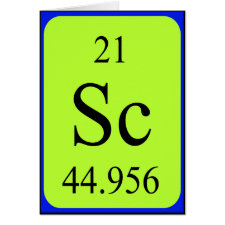
Authors: Li HF, Xie CG, Fu XC
Article Title: Electrochemiluminescence sensor for sulfonylurea herbicide with molecular imprinting core-shell nanoparticles/chitosan composite film modified glassy carbon electrode.
Publication date: 2013
Journal: Sensors and Actuators B: Chemical
Volume: 181
Page numbers: 858-866.
DOI: 10.1016/j.snb.2013.02.094
Alternative URL: http://www.sciencedirect.com/science/article/pii/S0925400513002293
Abstract: We report on the use of core-shell imprinted nanoparticles for the selective recognition of thifensulfuron-methyl (TFM) using an electrochemiluminescence (ECL) method. The core-shell imprinted nanoparticles were first prepared by a surface monomer-directing strategy for imprinting TFM at the surface of 3-methacryloxypropyl trimethoxysilane modified silica particles. Then, the ECL sensor was prepared by depositing the core-shell imprinted nanoparticles/chitosan composite film on the bare glassy carbon electrode surface and further removing silica cores from the composite film. The electrochemical and ECL behaviors of luminol at the sensor were investigated in the absence and presence of TFM. It was also found that the ECL intensity could be strikingly enhanced by the adsorbed TFM molecules in the composite film, which was about 2.7-fold as compared with the blank ECL intensity. On this basis, an enhanced ECL sensor is established for high sensitive and selective detection of TFM. The resulting ECL sensor shows wide linear ranges from 5.0 x 10-10 to 1.0 x 10-7 M with lower detection limit of 0.32 nM for TFM. Moreover, the ECL sensor has the advantages of high sensitivity, speed, specificity, and stability and could become a promising technique for sulfonylurea herbicide detection
Template and target information: thifensulfuron-methyl, TFM
Author keywords: surface molecular imprinting, Electrochemiluminescence sensor, Core-shell nanoparticle, sulfonylurea herbicide



Join the Society for Molecular Imprinting

New items RSS feed
Sign-up for e-mail updates:
Choose between receiving an occasional newsletter or more frequent e-mail alerts.
Click here to go to the sign-up page.
Is your name elemental or peptidic? Enter your name and find out by clicking either of the buttons below!
Other products you may like:
 MIPdatabase
MIPdatabase









